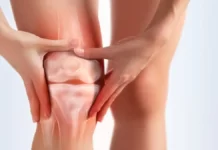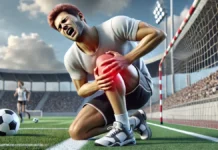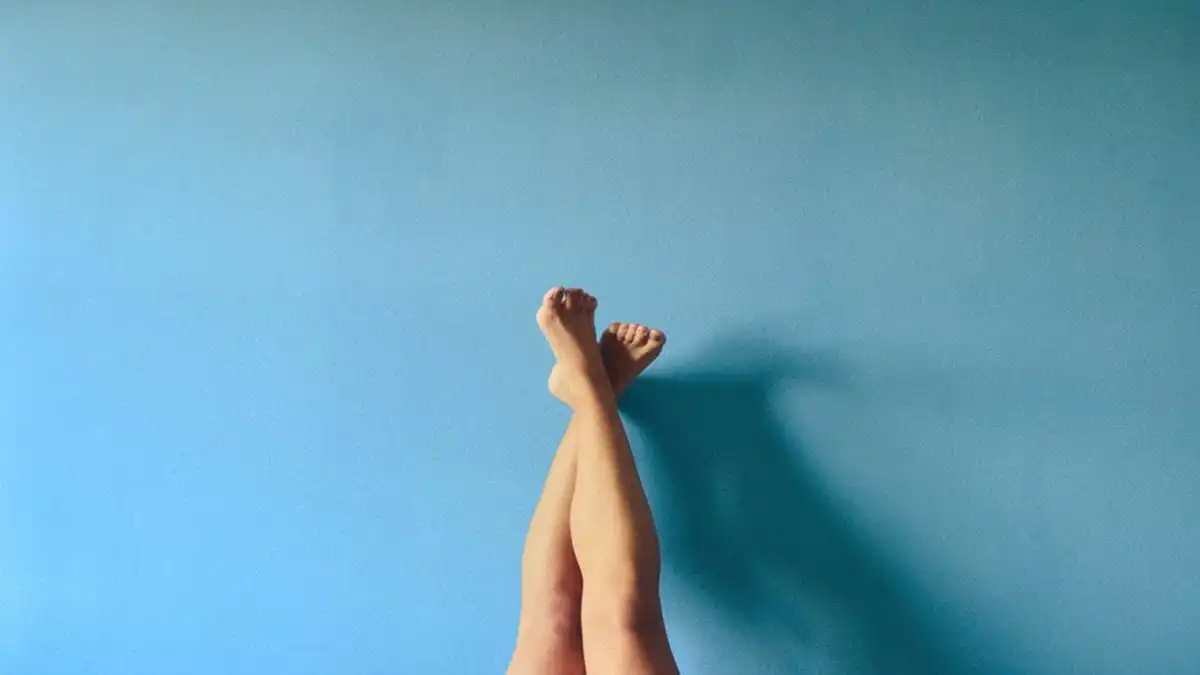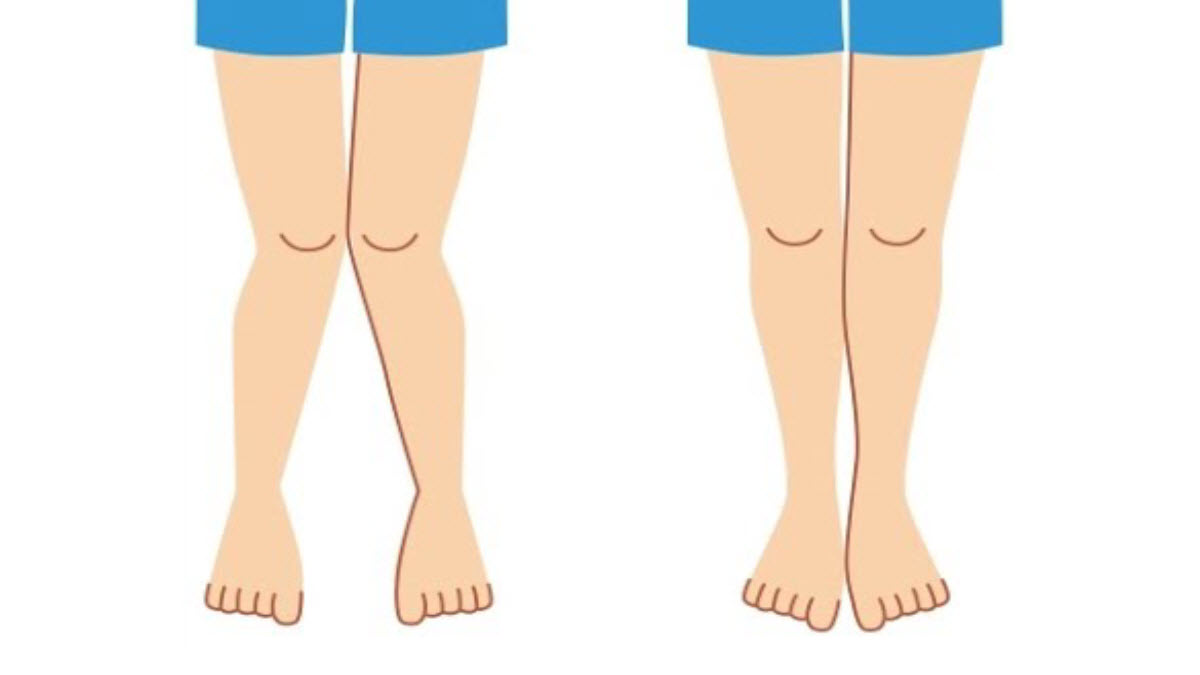The primary role of the posterolateral corner point is to prevent the knee from excessive outward rotation. In addition, it also provides secondary support to prevent the tibia from moving forward or backward on the femur.
The posterolateral corner point (PLC) is composed of several different muscle tendons, ligaments and joint tissues that work to provide support and stabilization to the outside of the knee.
These structures are generally subdivided into primary and secondary stabilizers.
Posterolateral corner injuries (PACE) are most often associated with
- Sports injuries
- Road traffic accidents
- Falls
The PACE provides stabilisation to the knee:
- Static (prevent varus collapse at the knee and external rotation of the tibia on the femur)
- Lateral collateral ligament (LCL)
- The popliteal tendon
- The popliteofibular ligament
- The posterolateral capsule. Together, these structures.
- Dynamic (similar roles to static structures, but through movement).
- Popliteal muscle
PACE instability can be differentiated into
- Dorsal instability
- Posterior cruciate ligament injury
- Lateral instability (varus)
- Lateral collateral ligament (LCL) injury
- Rotational instability,
- Injuries to the popliteal complex
Classification
- Type 1: Isolated posterior instability due to isolated PCL injury.
- Type 2: posterolateral rotational instability without lateral instability (PCL + popliteal complex)
- Type 3: posterolateral rotational instability with varus instability (PCL + popliteal complex + partial LCL)
- Type 4: posterolateral rotational instability with varus instability (PCL + popliteal complex + total LCL)
What causes an PACE injury?

- Combined hyperextension trauma and varus force to the knee.
- Other mechanisms include coupled hyperextension and external rotation of the tibia or external rotation of the tibia and a large varus force.
What are the symptoms of an PACE injury?
- Injuries to the LPC may or may not occur in conjunction with injuries to other knee structures.
- Pain or swelling of the posterolateral surface of the knee.
- Pain that is aggravated by weight-bearing activities, particularly those involving high loads passing through the lower limb such as hill climbing, rapid changes of direction or jumping
- Feeling weak or ‘giving way’ around the knee.
- If you have an LPC injury and the peroneal nerve is affected, you may also feel or numbness in the leg and foot.
- You may also feel weakness in the foot or ankle.
- Outward bending of the affected knee while standing.
- Difficulty walking or climbing stairs due to a feeling of instability.
- Numbness or tingling in the lower leg.
- Feet that fall on the injured side


























